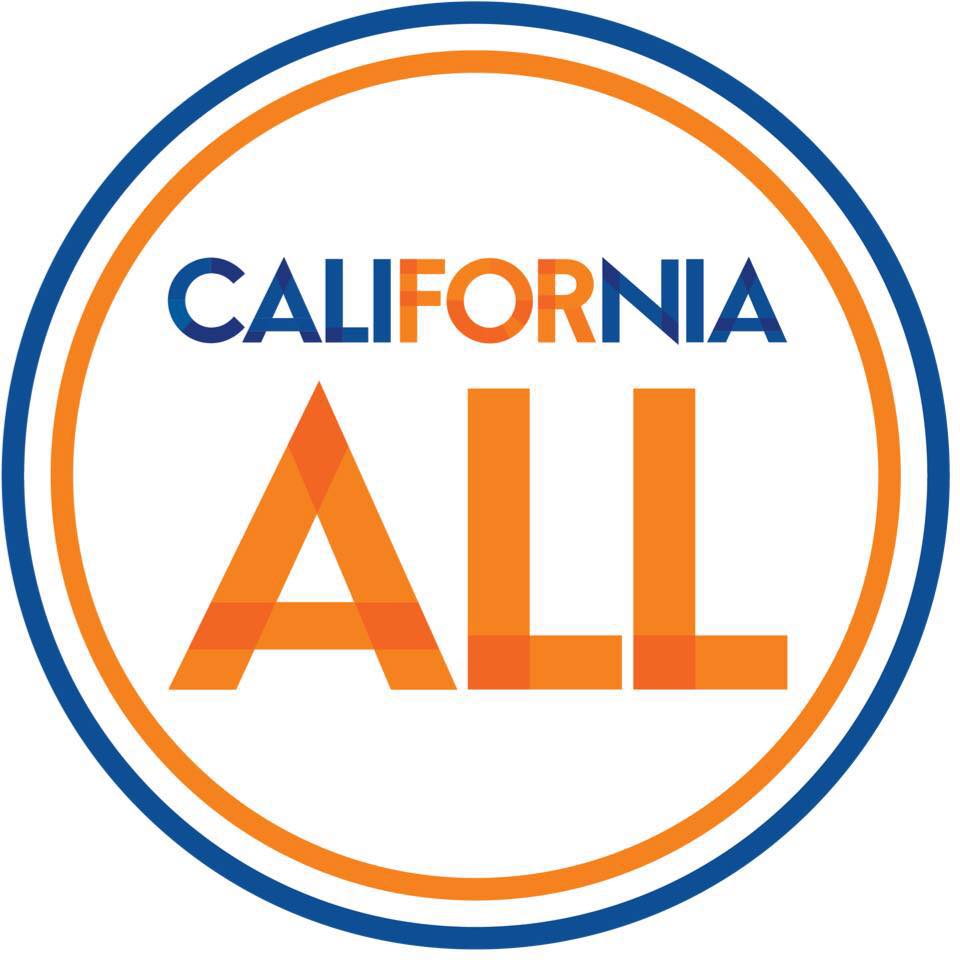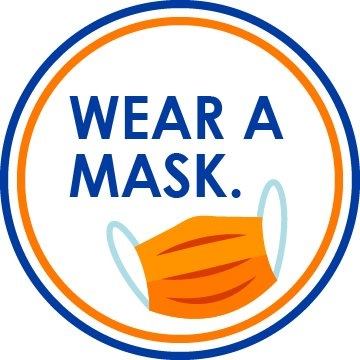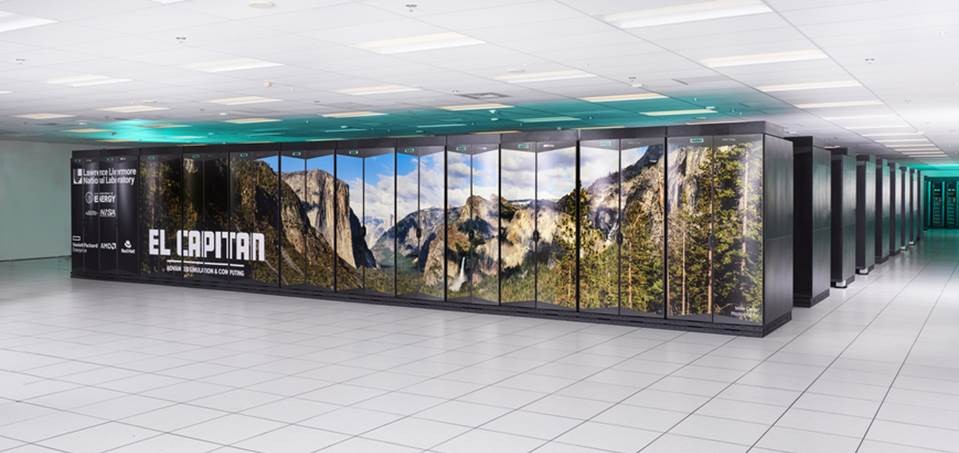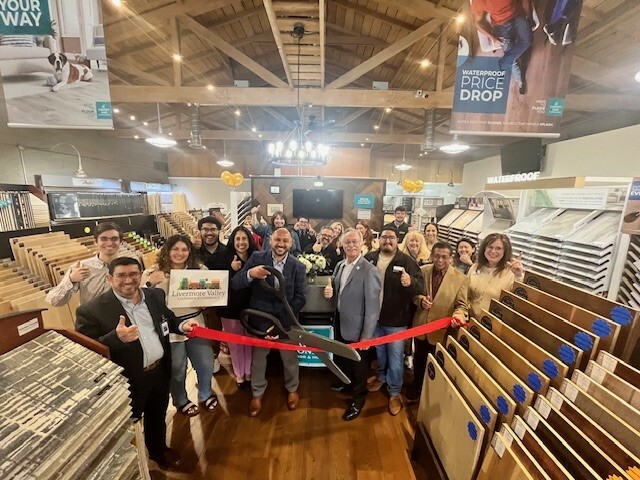Blueprint for a Safer Economy
Last updated August 28, 2020 at 3:12 PM
California has a blueprint for reducing COVID-19 in the state with revised criteria for loosening and tightening restrictions on activities. Note: More restrictive regulations issued by Alameda County take precedence.
Find the status of activities in your county, effective Aug. 31
County risk level
Many non-essential indoor business operations are closed
New cases
More than 7
daily new cases (per 100k)
positive tests
More than 8%
positive tests
Some non-essential indoor business operations are closed
4 – 7
daily new cases (per 100k)
5 – 8%
positive tests
Some indoor business operations are open with modifications
1 – 3.9
daily new cases (per 100k)
2 – 4.9%
positive tests
Most indoor business operations are open with modifications
Less than 1
daily new cases (per 100k)
Less than 2%
positive tests
Understand your county’s status
Every county in California is assigned to a tier based on its rate of new cases and positivity. At a minimum, counties must remain in a tier for at least 3 weeks before moving forward. Data is reviewed weekly and tiers are updated on Tuesdays. To move forward, a county must meet the next tier’s criteria for two consecutive weeks. If a county’s metrics worsen for two consecutive weeks, it will be assigned a more restrictive tier. Public health officials are constantly monitoring data and can step in if necessary.








Leave A Comment